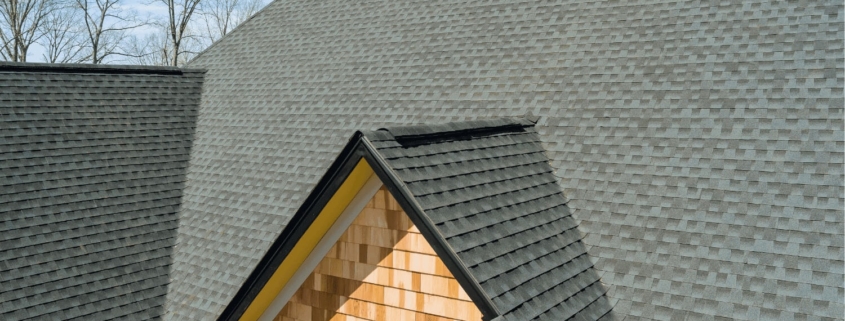2 Layer Roof: Pros, Cons, and Solutions
Thinking about a 2 layer roof? Adding a second layer of shingles can be a quick and cost-effective option compared to a full replacement. But is it the right choice for your home? This article dives into the pros, cons, and key considerations to help you decide.
Key Takeaways
-
Adding a second layer of shingles can save costs and time for homeowners, but it poses risks such as structural concerns, aesthetic issues, and complicated inspections.
-
The addition of a second layer can reduce a roof’s lifespan, complicate leak detection, and create conditions favorable for mold growth, leading to increased long-term costs.
-
Homeowners should consider alternatives like full roof replacement or restoration, and carefully evaluate the financial and legal implications of adding a second layer before proceeding.
Why Homeowners Consider Adding a Second Layer of Shingles
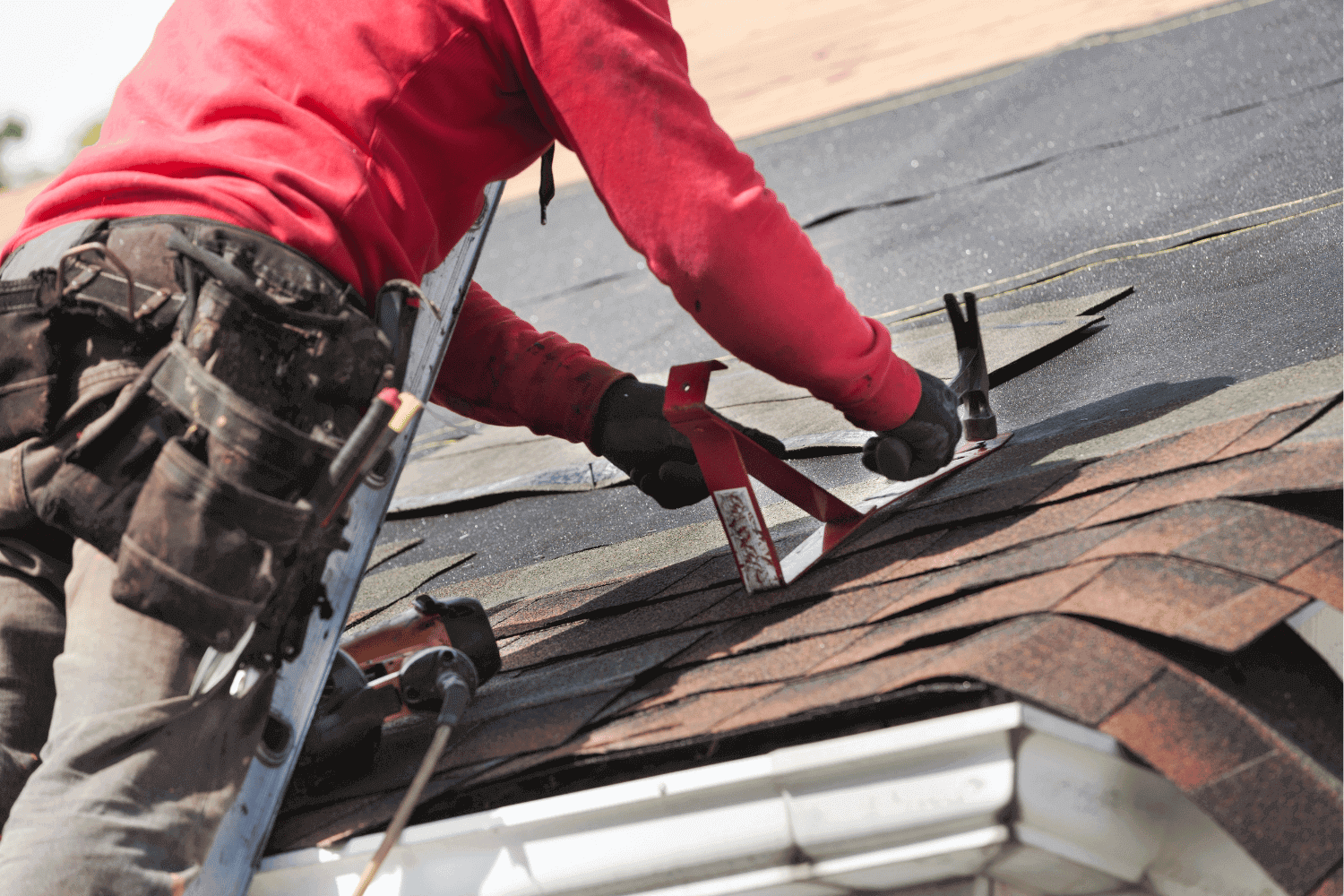
For many homeowners, adding a second layer of shingles over the existing ones is attractive due to cost savings. Rather than a full roof replacement, which requires tearing off old materials, new shingles can be placed directly over the old ones. This method saves significant time and reduces labor costs, making it appealing for budget-conscious individuals.
This method also reduces waste by avoiding the removal of old roofing materials, contributing to less environmental impact. Additionally, it allows for a quicker installation process since the time-consuming task of removing old shingles is bypassed. These factors make adding a second layer of shingles an appealing option for many.
The Downsides of Two Layers of Shingles
However, despite the initial appeal, adding a second layer of shingles comes with its own set of challenges and risks. These can range from weight concerns and aesthetic issues to complicated inspections and increased future costs. Weigh these downsides carefully before making a decision.
Weight Concerns
One of the most significant drawbacks of adding a second layer of shingles is the additional weight it places on your roof. This extra weight can double the roof’s load, potentially leading to structural failure or sagging.
In fact, a second layer of roof layers can add between 3,900 lbs and 4,800 lbs to the average roof, posing a severe risk to the rafters and overall structural integrity.
Aesthetic Issues
A second layer of shingles can negatively affect your roof’s appearance. The new shingles adopt the shape of the old ones, leading to an uneven and bumpy surface that detracts from the home’s curb appeal.
This issue is especially pronounced when architectural shingles are layered over 3-tab shingles, resulting in noticeable bumps and an unattractive finish.
Complicated Inspections
Adding a second layer complicates roof inspections, making it difficult to identify and address underlying issues like rot, leaks, and structural damage. These problems can remain hidden, worsening over time. This can negatively affect home inspection reports, reducing buyer interest and potentially lowering property value.
Impact on Roof Performance
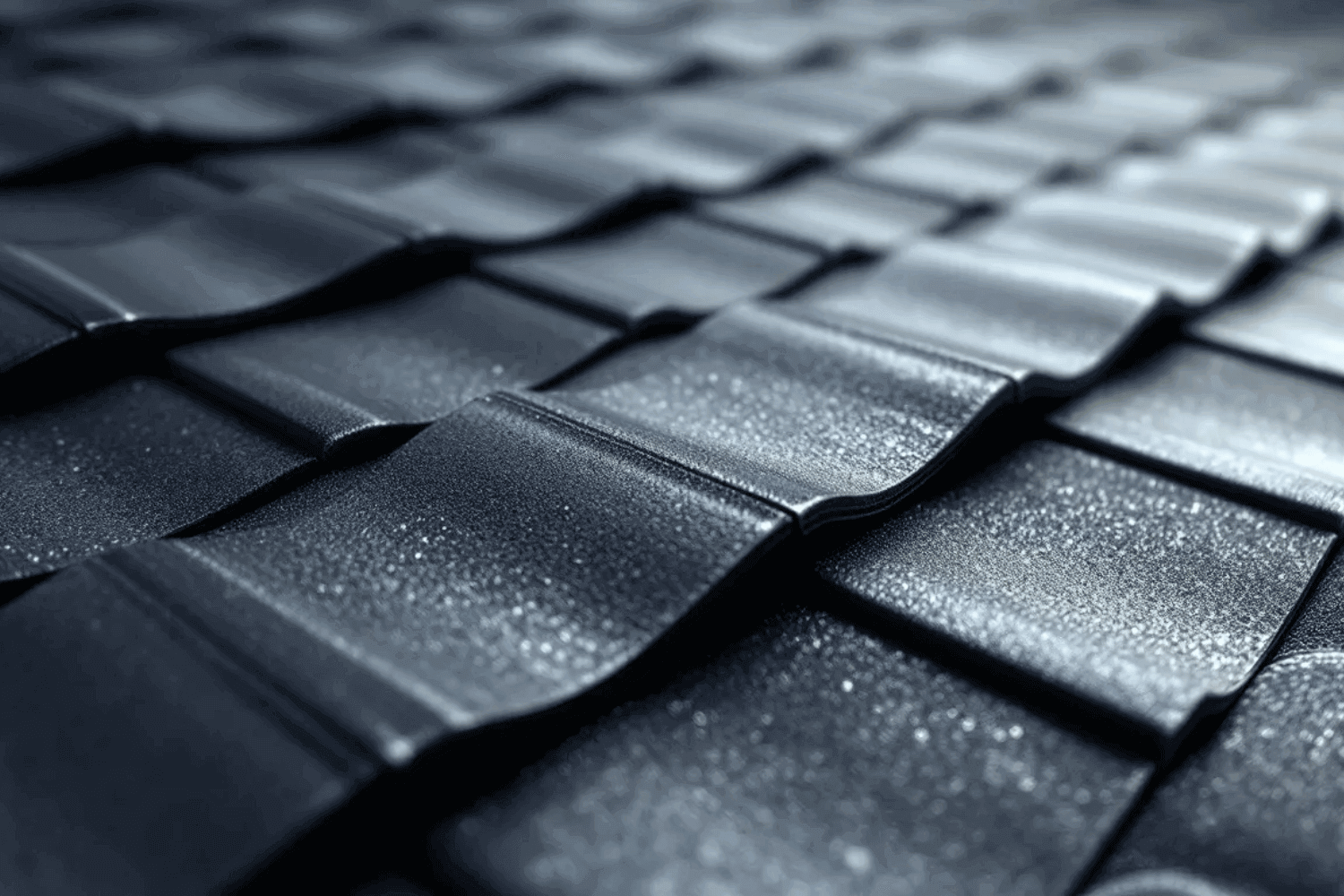
The addition of a second layer of shingles can significantly impact the overall performance of your roof. Issues such as reduced lifespan, leak detection challenges, and the risk of mold and algae growth can all arise, making this option less desirable in the long run.
Reduced Lifespan
A second layer of shingles can dramatically reduce your roof’s lifespan. Increased heat absorption accelerates the deterioration of both old and new shingles, potentially halving the roof’s typical lifespan and leading to long-term problems and expenses that outweigh initial savings.
Leak Detection Challenges
Two layers of shingles make detecting a roof leak more challenging. Underlying issues are obscured, complicating repair processes and potentially leading to more extensive damage over time.
Mold and Algae Growth
Two layers of roof shingles can trap moisture, creating ideal conditions for mold and algae growth. This accelerates the deterioration of roofing materials and poses health risks to occupants.
Regular professional assessments can help identify and mitigate these issues early on.
Legal and Warranty Considerations
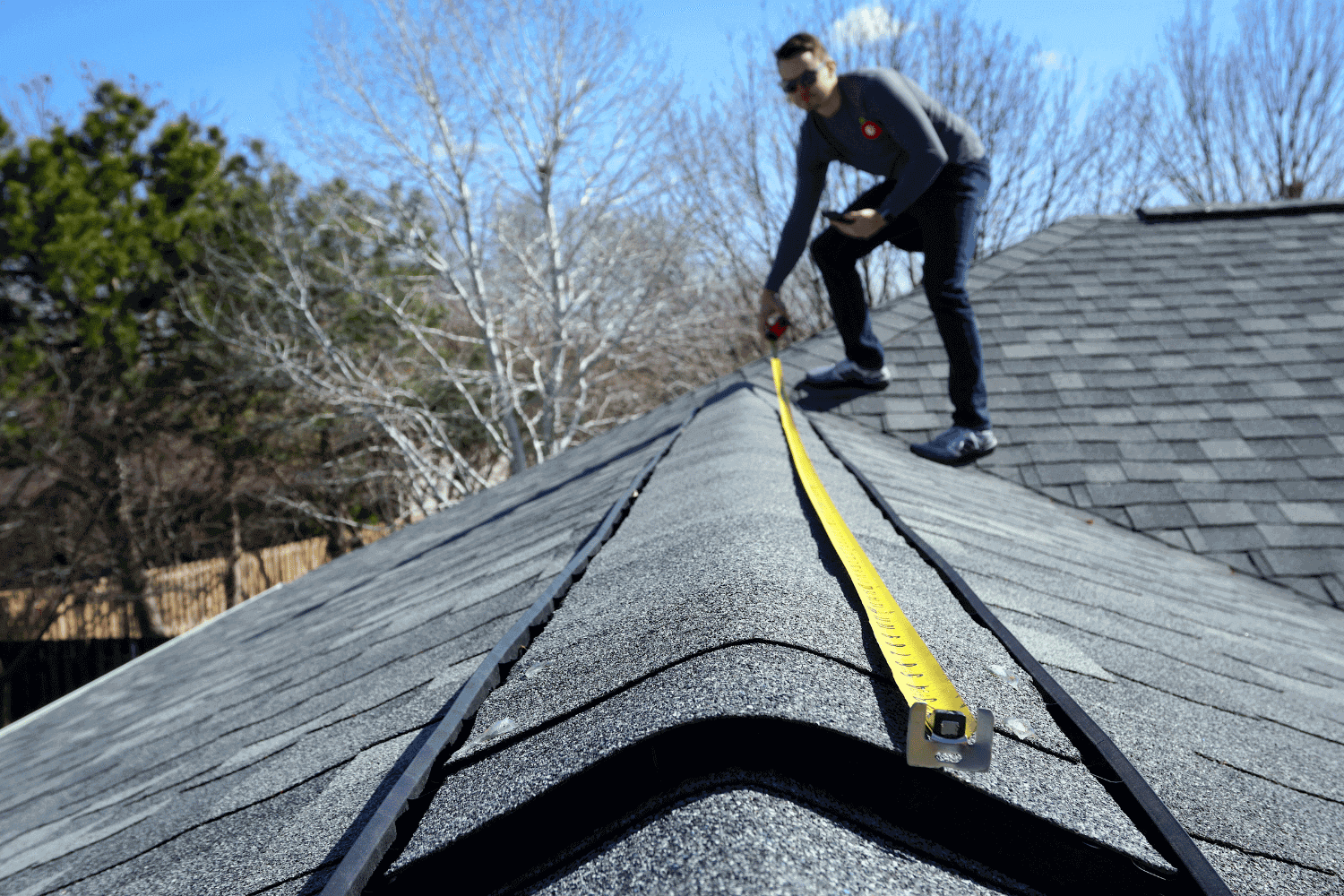
Consider the legal and warranty implications before adding a second layer of shingles. Many warranties do not cover layered installations, and local building codes may restrict or prohibit this practice for safety and compliance.
Building Codes
Local building codes often restrict multiple layers of shingles due to increased risks of structural issues and roof blow-off. Violating these codes can result in fines and complications, so consult a knowledgeable roofing contractor before proceeding.
Warranty Voids
A second layer of shingles typically voids manufacturer warranties unless installed by certified contractors following strict guidelines. This can result in complete coverage loss, leaving homeowners financially vulnerable in the event of roof leaks or other issues.
Financial Implications

The financial implications of adding a second layer of shingles go beyond the initial cost savings. Homeowners must consider the long-term expenses associated with future repairs and the potential impact on resale value.
Short-Term Savings vs Long-Term Costs
Although adding a second layer of shingles provides immediate cost savings, it often leads to higher long-term expenses due to increased labor costs for future repairs. The complexity of detecting and repairing leaks can make maintaining the roof more costly than expected.
Resale Value
Multiple layers of shingles can negatively impact the property’s resale value. Inspection reports highlighting this issue may lower the selling price or necessitate a full roof replacement before the sale, ultimately reducing the cost savings homeowners hoped to achieve.
Alternatives to Adding a Second Layer
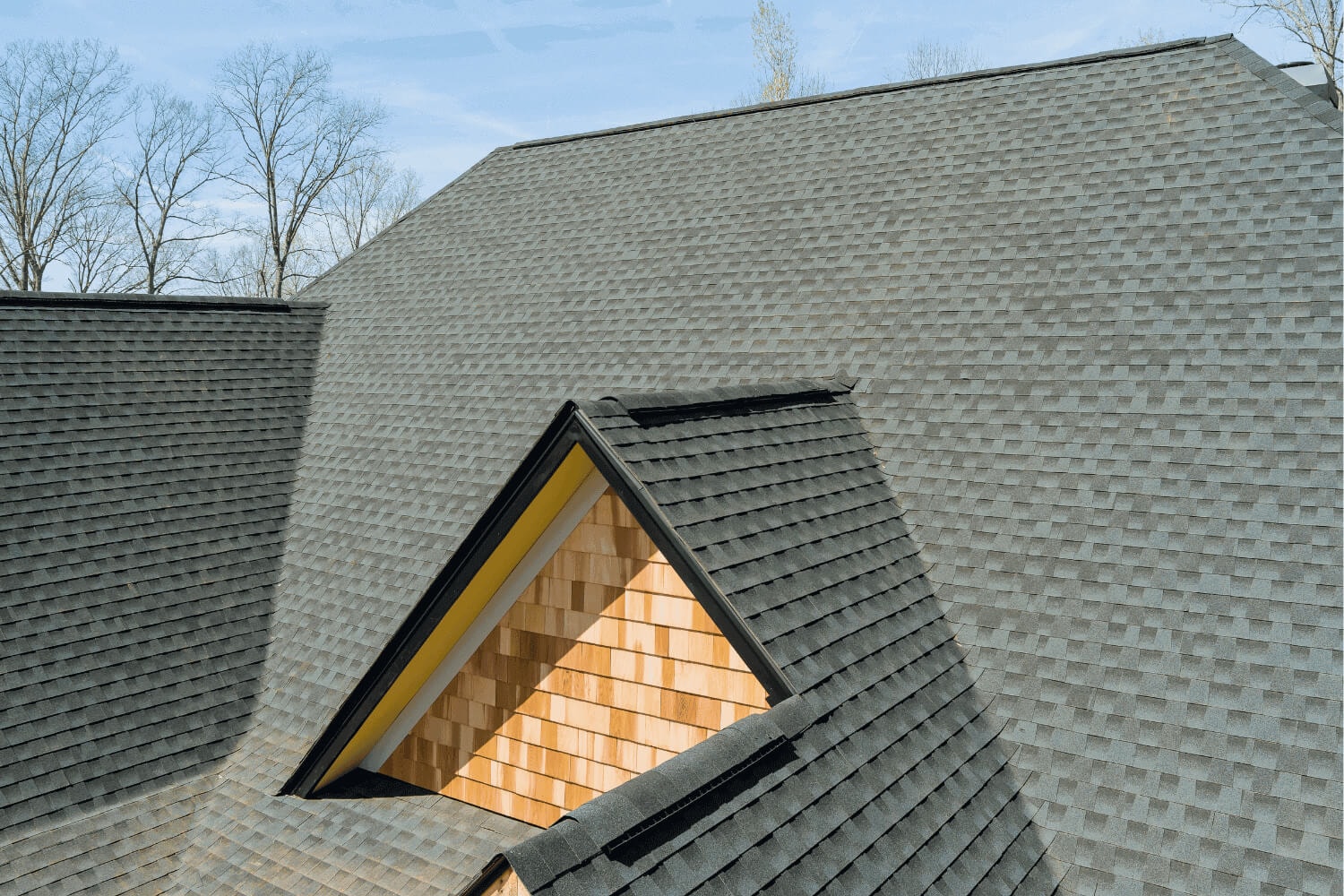
Homeowners have several viable alternatives to adding a second layer of shingles that provide better long-term results. Options like full roof replacement, roof restoration, and various financing methods can maintain roof integrity without the associated risks of multiple layers.
Full Roof Replacement
A full roof replacement is often the most reliable solution. This approach allows for a thorough inspection of the roof decking and ensures all underlying issues are addressed, including the need for a new roof. Although more expensive upfront, it provides a long-lasting and durable solution that avoids the complications of a second layer.
Roof Restoration
Roof restoration is another cost-effective alternative that can extend the life of your existing roof. This method involves repairing and rejuvenating the current roof, addressing issues without a complete tear-off. Waddle Exteriors offers comprehensive roof restoration services to help maintain the roof’s integrity and performance.
Financing Options
Homeowners concerned about the costs of a full roof replacement or restoration can explore various financing options, including payment plans, home equity loans, cash-out refinancing, and local government assistance. Waddle Exteriors assists customers in finding the best financing options tailored to their specific roofing project needs.
Choosing the Right Roofing Contractor
Choosing the right roofing contractor is crucial for ensuring the quality and longevity of your roof. A professional assessment can determine the best course of action and provide peace of mind that your roof is in good hands.
Importance of Professional Assessment
A thorough inspection by a professional roofing contractor is essential to identify potential issues and understand necessary repairs. Regular assessments, ideally every two years, help maintain your roof’s health and prevent costly repairs down the line. Waddle Exteriors prioritizes customer satisfaction through detailed inspections and high-quality service.
Quality Assurance with Waddle Exteriors
Waddle Exteriors is dedicated to transforming homes into sanctuaries of comfort and style, with a strong commitment to excellence and customer satisfaction. They conduct thorough post-completion inspections to ensure proper execution of their work, providing assurance of quality.
Waddle Exteriors has over 40 years of experience and a solid reputation for efficient and clean work during roof replacement projects.
Summary
In summary, while adding a second layer of shingles may seem like an appealing, cost-effective solution at first, it comes with significant downsides that can affect your roof’s performance and longevity. From weight concerns and aesthetic issues to complicated inspections and reduced lifespan, the risks often outweigh the initial savings. Legal and warranty considerations further complicate the decision. Exploring alternatives like full roof replacement and roof restoration can provide more reliable and long-lasting results. Choosing the right roofing contractor, such as Waddle Exteriors, ensures professional assessment, quality assurance, and customer satisfaction.
Frequently Asked Questions
Why do homeowners consider adding a second layer of shingles?
Homeowners consider adding a second layer of shingles because it is seen as a cost-effective and time-saving solution that avoids the labor of a full roof replacement while minimizing waste. This approach can provide a quicker way to extend the life of their roof.
What are the weight concerns associated with adding a second layer of shingles?
Adding a second layer of shingles can significantly increase the roof’s weight, potentially leading to structural failure and a shortened lifespan. It is crucial to consider these weight concerns to maintain the integrity of your roofing system.
How can a second layer of shingles affect the roof’s aesthetic appeal?
A second layer of shingles can negatively impact the roof’s aesthetic appeal by creating an uneven appearance and visible bumps, particularly when architectural shingles are placed over 3-tab shingles. This often results in a less attractive finish that can detract from the overall curb appeal.
What legal and warranty considerations should homeowners be aware of before adding a second layer of shingles?
Homeowners must ensure compliance with local building codes, as multiple shingle layers may be restricted in some areas. Furthermore, it’s essential to recognize that installing a second layer can void manufacturer warranties unless done by certified professionals.
What are the alternatives to adding a second layer of shingles?
A full roof replacement offers a more reliable and durable solution than adding a second layer of shingles, while roof restoration can effectively extend the existing roof’s life with fewer risks. Consider these alternatives to ensure long-term protection for your home.

